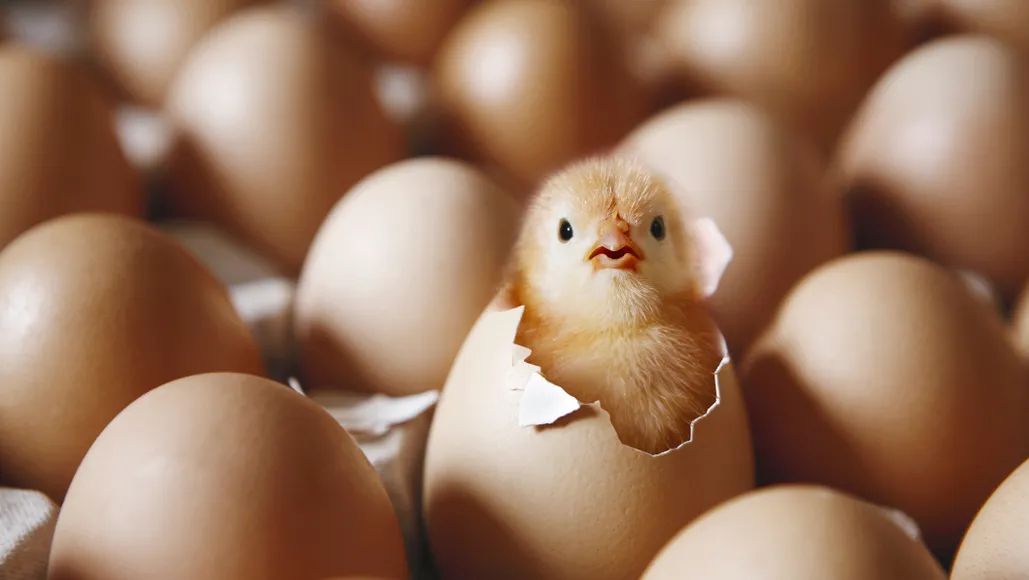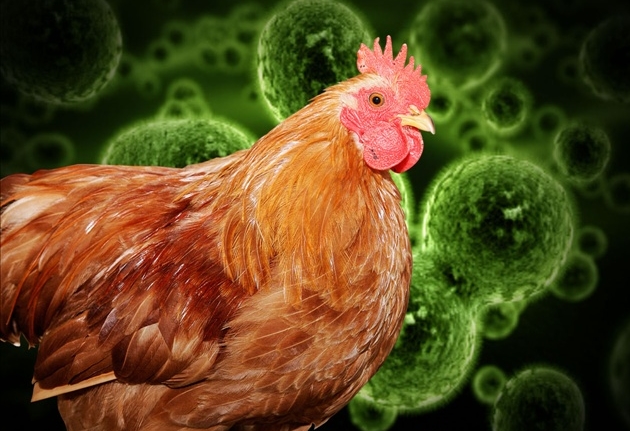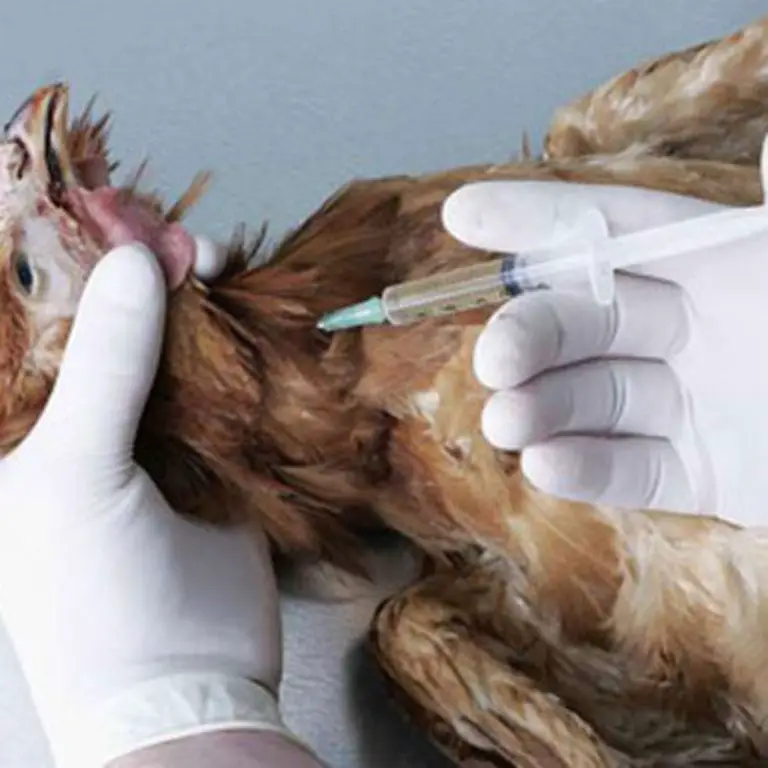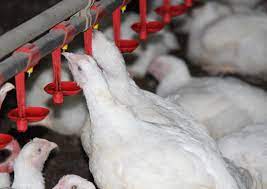How long does a chicken egg take to hatch
How long does a chicken egg take to hatch?
Understanding the incubation period of a chicken egg is vital for anyone venturing into poultry farming or even just curious about the wonders of nature. From the moment a chicken lays an egg, a fascinating journey begins, culminating in the emergence of a fluffy chick. So, how long does this process take? The incubation period of of a chicken egg typically spans about 21 days. However, this timeframe can vary slightly depending on various factors such as temperature, humidity, and the breed of the chicken. Maintaining optimal conditions is crucial during this period to ensure a successful hatch.

The process of incubation begins when a hen, or in some cases, a specialized machine, starts providing warmth to the egg. How long does a chicken egg take to hatch This warmth is essential as it kickstarts the development of the embryo inside the egg. Throughout the incubation period, the egg must be kept at a consistent temperature of around 99.5 degrees Fahrenheit (or 37.5 degrees Celsius) to mimic the conditions under a brooding hen. Any significant fluctuations in temperature can disrupt the development of the embryo and potentially lead to failed hatching.
Humidity levels also play a critical role during the incubation process. The ideal humidity for chicken eggs ranges between 45% to 55%. This moisture helps prevent the egg from drying out and ensures that the developing chick can properly rotate inside the egg for optimal growth. Without adequate humidity, the egg’s shell can become too tough, making it difficult for the chick to break free during hatching.
Interestingly, the position of the egg during incubation can influence the hatch rate. In natural settings, a brooding hen will instinctively turn her eggs several times a day. This turning action helps prevent the embryo from sticking to the inside of the eggshell and ensures even heat distribution. In artificial incubators, mechanisms are often in place to mimic this turning process, enhancing the chances of a successful hatch.
As the days pass, subtle changes occur within the egg. Around the seventh day of incubation, if you were to candle the egg (shine a light through it), you might see the development of veins and the embryo taking shape. By day 14, the embryo’s organs are more defined, and the chick begins to resemble a miniature version of its future self. By day 18, the chick is fully formed, and its movements inside the egg become more pronounced as it prepares for the final stages of hatching.
On the 21st day, a momentous event takes place—the chick begins to pip, which is the process of breaking through the eggshell using its egg tooth, a small protuberance located on the tip of its beak. This initial pip is followed by a series of small cracks as the chick works its way around the shell, aided by its instinctual peeping to communicate with its fellow embryos still inside their eggs. Finally, after hours of effort, the chick emerges into the world, exhausted but triumphant, ready to embark on its journey of growth and discovery.
In conclusion, the journey from egg to chick is a remarkable process that unfolds over the course of approximately 21 days. During this time, the egg undergoes a series of transformations guided by precise environmental conditions and the miracle of life itself. WHether witnessed in the natural setting of a barnyard or within the controlled confines of an artificial incubator, the hatching of a chicken egg serves as a testament to the wonders of nature and the intricate processes that sustain life on our planet. So, the next time yuo enjoy a plate of scrambled eggs or marvel at a clutch of chicks pecking their way out of there shells, take a moment to appreciate the incredible journey that brought them into the world.







